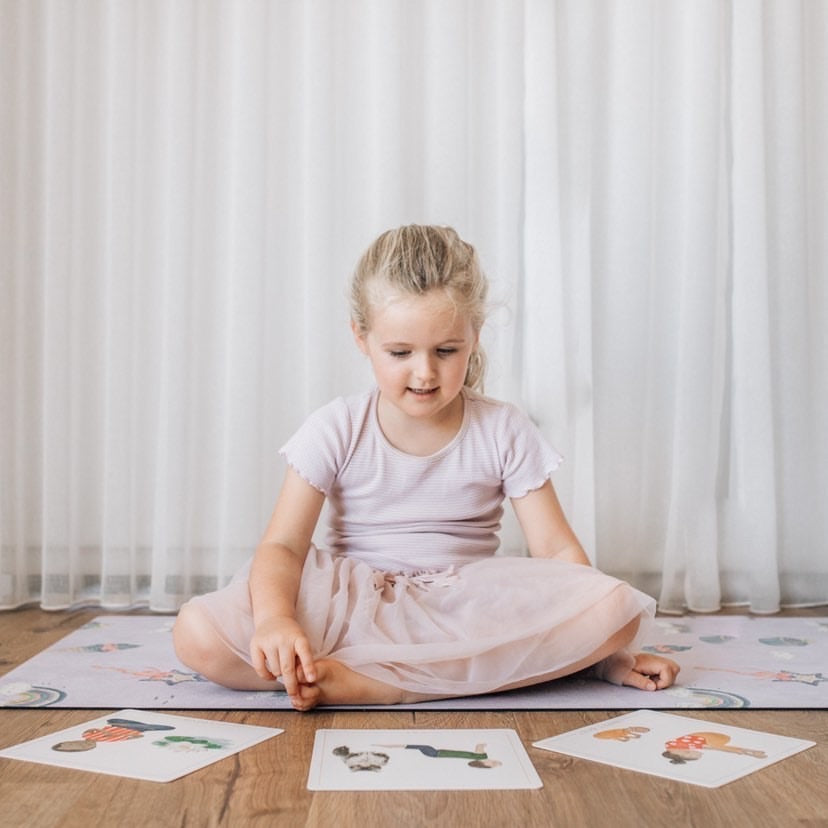It is important to embrace neurodiversity within the ever-changing landscape of the development of children. Children with conditions like ADHD or autism require the right environment to support their individual strengths and allows them to flourish. That’s where the synergy between ADHD support, autism sensory play, sensory integration toys, as well as mindfulness toys for children come into play. By integrating these elements into the daily activities of children, educators and caregivers can create enriching experiences that encourage holistic growth. For more information, click Mindful toys for kids

ADHD Support for Children Facilitating Focus and Confidence
Children with ADHD are unable to focus and regulating their impulses. It’s crucial to implement strategies that will engage their mind, yet respect their individuality in order give them the best support. Toys that encourage peace and calm for children can be great aid. They provide an engaging tactile experience to reduce the agitation of children and teach them how to redirect their attention. Implementing mindfulness-based practices into their the playtime does more than aid in reducing ADHD symptoms but also equips children with life-skills for emotional regulation and stress management.
Autism Sensory Play – Nurturing exploration and expression
Children who are diagnosed with autism may find sensory experiences both stimulating and challenging. Autism sensory play is the process of creating a stimulating environment for the senses, which aids in the development of crucial abilities. Sensory integration toys play a crucial role in this. These toys are designed to stimulate multiple senses simultaneously and encourage exploration of the sensory system along with coordination and learning. Through tactile, auditory, and visual engagement children are able to better comprehend their surroundings and communicate their experiences. Through embracing autism-related sensory play, caregivers help children to express themselves as they build confidence in themselves and connect with the world in their own way.
Sensory Integration Toys : Building Bridges to Child Development
Sensory integration toys provide a bridge that allow children to interact with the world. These toys are available with a variety of materials and shapes with a focus on different senses and motor abilities. These toys help children learn to adapt and experiment with the sensory input. They also aid in the development of sensorimotor skills. The three major benefits of sensory toys include:
1. Enhanced Perception: Sensory Integration Toys expose children to various tactile sensations, sound, and visual clues. The experience helps their brains to process sensory information better and enhances their ability to react in every day situations.
2. Improved Motor Skills – A lot of these sensory toys are difficult to operate without fine motor skills and coordination between eyes and hands. Involving in these toys helps children develop their motor skills and dexterity. This can lead to a better control of their bodies and confidence in their movements.
3. Multisensory toys are able to stimulate various brain areas at the same time. This stimulation can aid in cognitive growth, by encouraging the development of connections between neuronal pathways. It also enhances problem-solving capacity and creativity.
Mindful toys for children that help to improve concentration and calmness
Mindfulness is gaining popularity because of its positive effects on mental health. Mindful toys for children incorporate aspects of mindfulness into their play which encourages children to be aware and focused. These toys typically involve activities which require lots of concentration. For example, coloring, puzzles, or a relaxing guided meditation. When they engage in these games kids learn to channel their thoughts and energy into the tasks at hand, while also developing the ability to concentrate, which can help both academically and socially.
When we explore the world of ADHD help and autism sensory play, along with mindfulness and sensory integration play, it is vital to consider the general approach that stems from the intersection. These components don’t work independently, they are a team to support the different needs of diverse children. By including games of sensory and mindfulness in daily routines, parents provide a setting that addresses the emotional, cognitive and sensory needs simultaneously.
The journey to supporting children who have ADHD and Autism requires embracing the unique strengths and struggles of each child. By integrating sensory play, games that integrate sensory elements, and mindfulness practices, educators and parents can create an environment that fosters improvement on multiple levels. If it’s helping to improve focus, fostering self-expression, increasing sensory processing, or promoting mindfulness, each element helps to provide a holistic method of the development of children. We can harness the potential of these strategies for an even more vibrant, diverse future for children with all neurodiversities.
